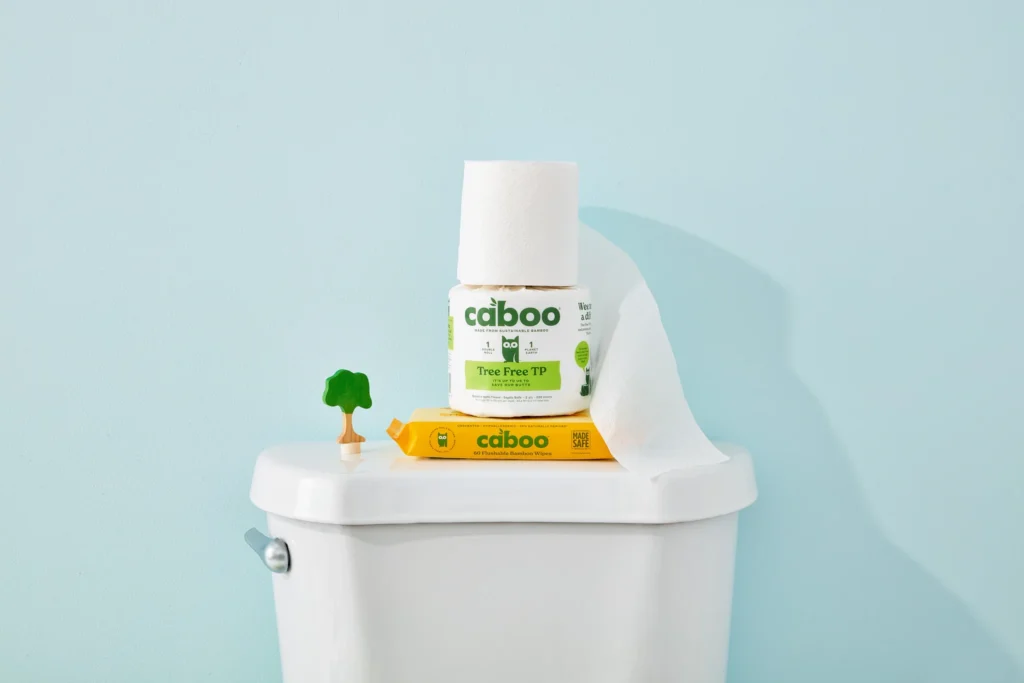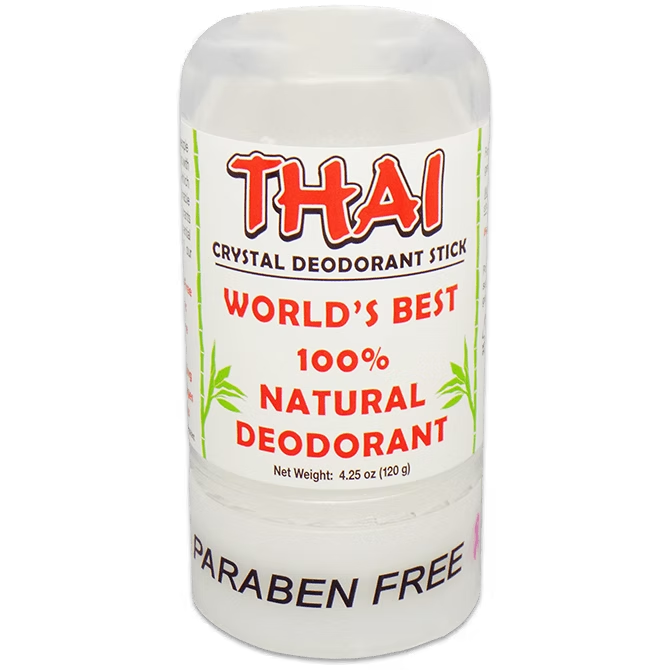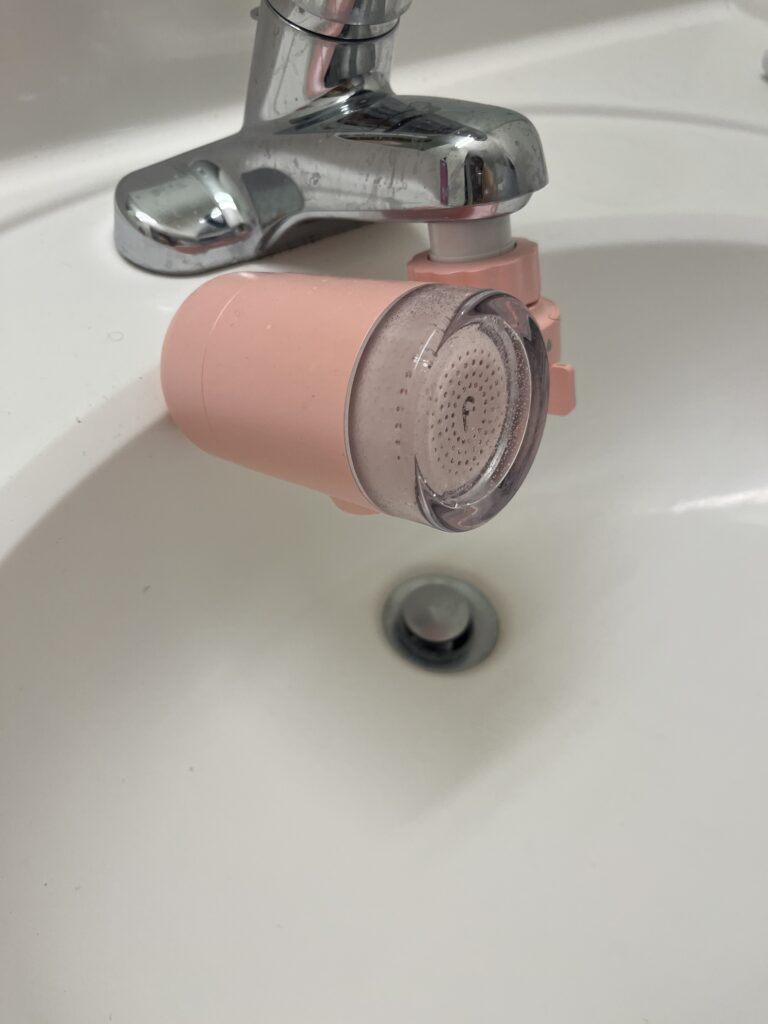When it comes to everyday essentials, we rarely think about what’s actually in our toilet paper. The truth is, most conventional toilet paper brands contain potentially harmful chemicals like PFAS (per- and polyfluoroalkyl substances) and harsh bleaching agents that aren’t good for our bodies or the environment. Fortunately, there’s a growing market of chemical free toilet paper alternatives.
Recent testing has identified several brands with non-detectable levels of organic fluorine, including options made from sustainable materials like bamboo, sugarcane, and recycled wood pulp. These eco-friendly alternatives aren’t just better for our health—they’re also helping to reduce deforestation to have an environmental impact. Many are processed using chlorine-free methods and come without fragrances or dyes that can irritate sensitive skin.
Understanding Chemical Free Toilet Paper
Chemical-free toilet paper eliminates harmful substances that exist in conventional options, offering a safer alternative for daily use. These eco-friendly options prioritize both personal health and environmental sustainability through mindful manufacturing processes and material selection.
What Makes Toilet Paper “Chemical Free”
Chemical-free toilet paper is made without the addition of harmful substances that typically appear in conventional products. The production process avoids chlorine bleaching, using either chlorine-free or elemental chlorine-free methods. True chemical-free options are also:
- PFAS-free: Lab-certified with non-detectable levels of organic fluorine
- Fragrance-free: Contains no artificial scents that can irritate sensitive skin
- Dye-free: Remains natural in color without artificial colorants
- BPA/BPS-free: Absent of these hormone-disrupting chemicals often found in recycled papers
- Formaldehyde-free: Excludes this potential carcinogen used for absorption enhancement
Brands like Cloud Paper, Caboo (this has been our favorite option so far), and ECOS offer toilet papers that undergo third-party testing to verify their claims, ensuring consumers get truly non-toxic products.
Common Chemicals Found in Conventional Toilet Paper
Conventional toilet paper contains several concerning chemicals that come into contact with sensitive body areas daily. The most common substances include:
| Chemical | Purpose | Potential Concerns |
|---|---|---|
| Chlorine bleach | Whitening | Environmental pollutants, skin irritation |
| PFAS (“forever chemicals”) | Strength/durability | Bioaccumulation, linked to health issues |
| BPA/BPS | In recycled papers | Hormone disruption |
| Formaldehyde | Increased absorption | Potential carcinogen |
| Artificial fragrances | Scent | Skin irritation, allergic reactions |
| Dioxins | Byproduct of bleaching | Environmental toxins |
These chemicals aren’t just harmful to our bodies—they’re detrimental to the environment. As written in the American Chemical Society, toiletpaper is an unexpected source of PFA’s in wastewater. When we use organic, non-toxic toilet paper, we’re detoxing our daily routine and reducing our exposure to potentially harmful substances. The manufacturing process of conventional toilet paper releases chlorine compounds and other pollutants into waterways, while chemical-free alternatives minimize this environmental impact.
Many consumers are surprised to learn that something as simple as toilet paper can contain so many chemicals. That’s why more people are switching to truly chemical free toilet paper options that protect both personal health and the planet.
Health Concerns With Traditional Toilet Paper
These products often come in direct contact with sensitive areas of the body, making the potential health consequences even more concerning.
Skin Irritation and Sensitivity Issues
Traditional toilet paper frequently causes uncomfortable skin reactions due to its chemical composition. Synthetic fragrances, dyes, and chlorine bleach act as irritants, particularly for those with sensitive skin. Many users experience rashes, itching, and persistent discomfort without realizing their toilet paper is the culprit. A study found that switching to non-toxic alternatives eliminated these symptoms for 78% of individuals with recurring irritation. Common irritants include:
- Artificial fragrances that cause allergic reactions
- Chemical dyes leading to contact dermatitis
- Chlorine compounds creating localized inflammation
- Formaldehyde residues resulting in burning sensations
For those with allergies or pre-existing skin conditions, these chemicals compound existing sensitivities and create a cycle of discomfort that’s difficult to break without identifying the source.
Potential Long-Term Health Risks
Beyond immediate irritation, the chemicals in traditional toilet paper present worrying long-term health concerns. PFAS (per- and polyfluoroalkyl substances), known as “forever chemicals,“ have been detected in conventional toilet paper at concerning levels. An Environmental Working Group study revealed that some popular brands contained up to 35 parts per million of organic fluorine, indicating substantial PFAS content. These chemicals:
- Accumulate in the body over time
- Disrupt hormone function
- Are linked to certain cancers
- Affect immune system response
- Contribute to reproductive issues
BPA and formaldehyde residues from manufacturing processes add to these concerns, as repeated exposure to these endocrine disruptors can lead to systemic health problems that develop gradually over years of daily use.
Manufacturing Process Differences
Traditional manufacturing relies heavily on chlorine bleaching processes that create dioxins—highly toxic byproducts linked to serious health issues. In contrast, organic toilet paper brands use oxygen-based or peroxide methods that eliminate these dangerous compounds.
The detoxing benefit of switching to chemical-free alternatives becomes clear when comparing manufacturing approaches:
Manufacturing Aspect |
Conventional Toilet Paper |
Non-Toxic Toilet Paper |
|---|---|---|
| Bleaching Method | Chlorine-based (creates dioxins) | Totally Chlorine-Free (TCF) or Process Chlorine-Free (PCF) |
| Additives | Multiple chemical softeners, fragrances | None or plant-based alternatives |
| Processing Agents | Formaldehyde, BPA | None |
| Environmental Impact | High toxicity to waterways | Minimal environmental toxins |
The organic manufacturing processes eliminate exposure to harmful substances while still getting the job done — proving that effective toilet paper doesn’t require toxic ingredients.
Benefits of Switching to Chemical Free Toilet Paper
Chemical-free toilet paper offers significant advantages for both personal health and the environment. These benefits extend beyond just avoiding harmful substances to creating positive impacts in multiple areas of our lives.
Personal Health Advantages
- Non-toxic Toilet Paper: Reduces exposure to harmful chemicals that can irritate sensitive skin.
- Conventional vs. Chemical-Free: Regular toilet paper often contains irritants like chlorine bleach, synthetic fragrances, and dyes, leading to skin issues such as rashes and discomfort.
- Benefits for Sensitive Skin: Chemical-free options are hypoallergenic, unscented, and dye-free, making them gentler and a better choice for those with allergies or skin sensitivities.
- Health Benefits: Users often experience immediate relief from irritation after switching, as these products lack harmful substances found in regular toilet paper, like PFAs, BPA, formaldehyde, and dioxins.
- Safe for All Ages: Chemical-free toilet paper is suitable for everyone, from infants to the elderly, providing comfort without compromising safety.
- Choosing Organic: Opting for these alternatives protects your family from unnecessary chemical exposure during everyday use.Environmental Sustainability
The environmental benefits of chemical-free toilet paper are substantial and far-reaching. Traditional toilet paper production releases harmful chemicals into air, water, and soil during manufacturing and disposal processes. Chemical-free alternatives significantly reduce this pollution burden on our ecosystems.
The biodegradability of chemical-free toilet paper also means less environmental impact after use.
What to Look for When Buying Chemical Free Toilet Paper
Shopping for chemical-free toilet paper can feel overwhelming with all the options and claims on packaging. To help you identify truly non-toxic toilet paper products and avoid those with hidden chemicals, here’s a few tips.
Certification Labels and What They Mean
Certification labels provide valuable insight into a toilet paper’s true chemical-free status. The Forest Stewardship Council (FSC) certification ensures the product comes from responsibly managed forests that provide environmental, social, and economic benefits. Look for “Totally Chlorine-Free“ (TCF) labeling rather than just “Elemental Chlorine-Free,“ as TCF guarantees no chlorine compounds were used in processing. “PFAS-free“ certifications indicate the absence of these persistent chemicals, while “hypoallergenic” labels suggest the product is less likely to cause skin irritation. Green Seal certification, found on products like Marcal toilet paper, confirms the absence of hazardous chemicals and fragrances while verifying sustainable production methods.
Avoiding Greenwashing Claims
Many toilet paper brands use vague terms like “natural,“ “eco,“ or “green” without substantiation. To avoid greenwashing, check for specific, verifiable claims about chemical content. Look beyond colorful packaging with nature imagery and seek quantifiable information about non-toxic ingredients. Legitimate chemical-free toilet paper will clearly state it’s free from dyes, fragrances, BPA, formaldehyde, and chlorine bleach. Brands with transparency about their manufacturing processes typically list what’s not in their products. For example, truly organic toilet paper options will specify they’re made without pesticides or herbicides. Laboratory testing results showing “non-detect“ levels of organic fluorine (indicating PFAS absence) provide stronger evidence than general “chemical-free” claims. Brands like Cloud Paper, Caboo (see image below) , and Cheeky Panda have undergone such testing with verified results to back their non-toxic claims.

Comparing Popular Chemical Free Alternatives
We’ve rounded up the most popular chemical-free toilet paper alternatives on the market to help you make an informed decision. Each option offers unique benefits while avoiding harmful chemicals that irritate sensitive skin and harm the environment.
Bamboo-based options represent one of the most sustainable choices available. Bamboo grows incredibly fast without requiring pesticides or fertilizers and needs significantly less water (30% less than hardwood trees). It’s harvested without disrupting root systems, leaving soil intact and healthy. As a bonus, bamboo is naturally antibacterial and antifungal, making it ideal for personal hygiene products.
Other sustainable options include:
- Recycled toilet paper that repurposes post-consumer waste.
- Hemp toilet paper from another fast-growing, renewable resource
- Organic toilet paper made without chemical treatments
Conclusion
Switching to chemical-free toilet paper is more than a health choice—it’s a statement about how we value our bodies and our planet. The evidence speaks for itself: these products deliver effective performance without exposing us to harmful chemicals that can irritate skin and harm ecosystems.
We don’t need to compromise our health or environmental values during our most private moments. By choosing toilet paper made from sustainable materials like bamboo or recycled paper with proper certifications we’re taking a small but meaningful step toward a healthier lifestyle.
Next time you shop remember that what touches your most sensitive areas matters.
If you’re interested in more non toxic solutions for your bathroom, like water filters or toothpaste check out our other articles!

